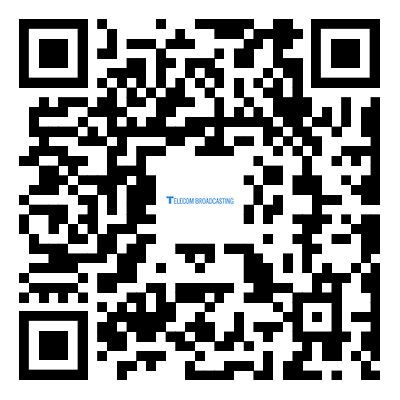What tools are used in fiber optics?
2024-04-19
Fiber optics technology requires various tools for installation, maintenance, and testing to ensure the proper functioning of optical fiber networks. Here are some common tools used in fiber optics:
1. Fiber Optic Cleaver: A cleaver is used to precisely cut optical fibers with a clean, flat end face. This ensures proper alignment and efficient light transmission at fiber optic splices and connectors.
2. Fiber Optic Stripper: Strippers are used to remove the protective coating from optical fibers without damaging the delicate glass core. They come in various types for different fiber sizes and coating materials.
3. Fiber Optic Fusion Splicer: Fusion splicers are used to permanently join two optical fibers by fusing them together. This creates a low-loss connection with minimal insertion loss and reflectance.
4. Fiber Optic Connector: Connectors are used to terminate optical fibers and provide a means for connecting fibers to other devices, such as patch panels, transceivers, and network equipment. Common connector types include SC, LC, ST, and FC.
5. Fiber Optic Patch Cables: Patch cables are pre-terminated fiber optic cables with connectors on both ends. They are used to connect fiber optic equipment, patch panels, and network devices.
6. Visual Fault Locator (VFL): A VFL emits visible light into the fiber optic cable, allowing technicians to visually trace and locate breaks, bends, or other faults in the fiber optic link.
7. Optical Power Meter (OPM): OPMs are used to measure the optical power level in fiber optic systems. They ensure that the signal strength is within the acceptable range and help diagnose signal loss or attenuation issues.
8. Optical Time Domain Reflectometer (OTDR): OTDRs are used to characterize the optical fiber by measuring the time and intensity of reflected light signals. They provide valuable information about fiber length, attenuation, splice loss, and other parameters.
9. Fiber Optic Inspection Microscope: Inspection microscopes are used to visually inspect the end faces of fiber optic connectors and splices for defects, contamination, or damage that could affect signal quality.
10. Fiber Optic Cleaning Tools: Cleaning tools, such as lint-free wipes, swabs, and cleaning solutions, are used to remove dirt, dust, and contaminants from fiber optic connectors and end faces to ensure optimal performance.
11. Fiber Optic Cable Tester: Cable testers are used to verify the continuity and integrity of fiber optic cables by checking for breaks, shorts, or faulty connections.
12. Fiber Optic Installation Tools: Various installation tools, such as cable cutters, strippers, sheath removers, and cable pulling grips, are used to install and route fiber optic cables in different environments and applications.
These are just a few examples of the tools used in fiber optics. Depending on the specific requirements of the project or application, additional specialized tools and equipment may be necessary for fiber optic installation, maintenance, and testing.


